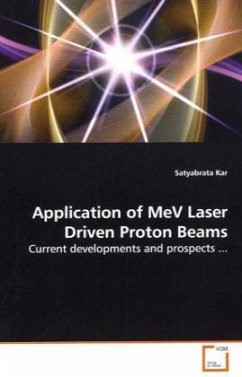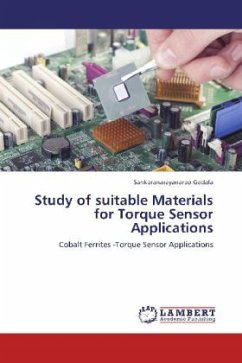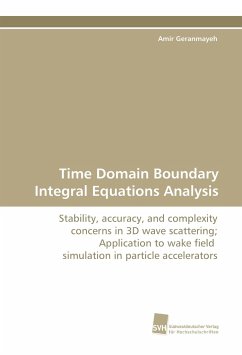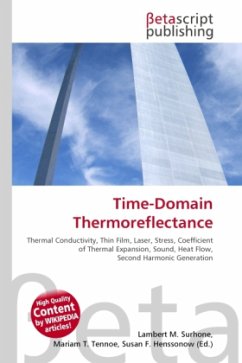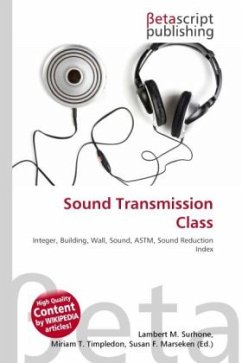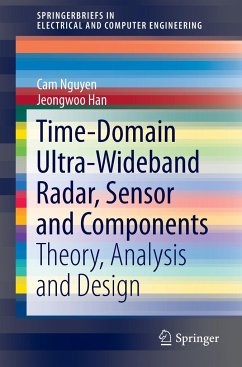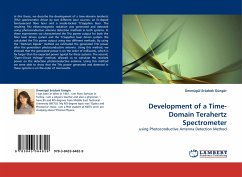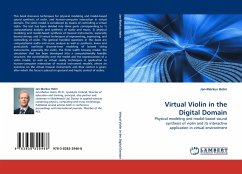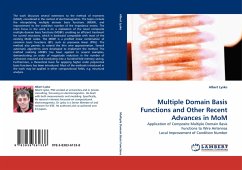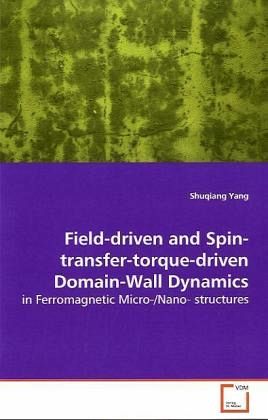
Field-driven and Spin-transfer-torque-driven Domain-Wall Dynamics
in Ferromagnetic Micro-/Nano- structures
Versandkostenfrei!
Versandfertig in 6-10 Tagen
32,99 €
inkl. MwSt.

PAYBACK Punkte
16 °P sammeln!
The main topic of this book is to exploremagnetic-field- and electric-current-drivendomain-wall motion in thin-film-based magneticmicrostructures. Conventional thin-film growth andmicrostructure fabrication techniques includingelectron-beam lithography and focused ion beammilling are used to fabricate nanometer-scaleone-dimensional and two-dimensional magneticstructures that support magnetic domains (regions ofdifferent magnetization orientation separated bydomain walls). A high-spatial resolution,high-temporal resolution technique for measuring thefield- or current- driven dynamics of the dom...
The main topic of this book is to explore
magnetic-field- and electric-current-driven
domain-wall motion in thin-film-based magnetic
microstructures. Conventional thin-film growth and
microstructure fabrication techniques including
electron-beam lithography and focused ion beam
milling are used to fabricate nanometer-scale
one-dimensional and two-dimensional magnetic
structures that support magnetic domains (regions of
different magnetization orientation separated by
domain walls). A high-spatial resolution,
high-temporal resolution technique for measuring the
field- or current- driven dynamics of the domain
walls, based on the magneto-optic Kerr effect, is
developed and used to study the wall dynamics.
Domain-wall motion driven by (spin-polarized)
electric current is studied in nano-scale thin-film
based wires. The experiments address issues
pertaining to the basic mechanisms responsible for
current-driven domain-wall motion, which are believed
to be the adiabatic spin-torque mechanism and
non-adiabatic mechanisms.
magnetic-field- and electric-current-driven
domain-wall motion in thin-film-based magnetic
microstructures. Conventional thin-film growth and
microstructure fabrication techniques including
electron-beam lithography and focused ion beam
milling are used to fabricate nanometer-scale
one-dimensional and two-dimensional magnetic
structures that support magnetic domains (regions of
different magnetization orientation separated by
domain walls). A high-spatial resolution,
high-temporal resolution technique for measuring the
field- or current- driven dynamics of the domain
walls, based on the magneto-optic Kerr effect, is
developed and used to study the wall dynamics.
Domain-wall motion driven by (spin-polarized)
electric current is studied in nano-scale thin-film
based wires. The experiments address issues
pertaining to the basic mechanisms responsible for
current-driven domain-wall motion, which are believed
to be the adiabatic spin-torque mechanism and
non-adiabatic mechanisms.



